A December Walk Across Slaughter Pen Farm
Most visitors to Fredericksburg show up when the weather is good, in the high days of Virginia’s beautiful summers, so they see the battlefield in full foliage. The trip down Lee Drive can offer a bucolic escape from the bustle of the city that otherwise presses in. It’s beautiful.
That’s not what the soldiers saw in December of 1862. Case in point: The Slaughter Pen Farm….
I took a stroll across the Slaughter Pen Farm this week because I think it’s important to see the ground as the soldiers themselves saw it. Modern development often makes that difficult, which is why the efforts of preservation groups like the Civil War Trust, which owns this particular piece of property, and the Central Virginia Battlefields Trust are so vital. I thought I’d share a few pictures with you because most visitors don’t get to see the field this way. (If you’re expecting a full recap of the fighting on this spot, I’m sorry to disappoint.)
The view today is much more bleak, much more desolate. John Gibbon’s men crossed an empty landscape on the morning of December 13, 1862. On Gibbon’s left, George Gordon Meade led his men across similarly barren ground. You can see Prospect Hill, the anchor of the Confederate line and the objective of the Union attack, as the rise of trees on the left.
The thing I love most about this piece of property is that it unfolds in dramatic ways as you cross it. Your eyes play tricks on you. In this view, for instance, you can’t at all see the Virginia ditch fence that crosses the field (visible as a dark line of dead grass on the top picture). When soldiers finally reached it, it offered a dismal surprise.
It’s not untraversable by any means—but it sure is enough to get a soldier soaking wet as he tries to slog through. The ditch crosses the field diagonally, too, making it all the more difficult for the men to keep their formation together as they tried to cross.
Another couple hundred yards away, the field offers another nasty surprise: just when it looks like you’re just about across, you realize you’re just at the crest of a low ridge, and there’s more field—lots more field—still left to go. Soldiers who reached this point also suddenly found themselves under a withering artillery bombardment, which lasted more than an hour, from the Confederates stationed on the ridge hidden by the woods ahead.
The field has a number of significant undulations in it between this point on the ridge and the forest ahead, creating blind spots and uneven pockets of protection and exposure. Closer to the treeline, the field drops into some wet ground, and then there’s a railroad bed, and then finally the forest. Gibbon’s men, after hunkering down under the artillery fire, finally moved across this open plain toward the direction of the tree visible above the rest of the treeline toward the right of the photo (above).
Meade, meanwhile, moved across equally open ground.
A spit of woods jutted out into the field where his men advanced, though (not visible in the photo), and they moved into those woods for the protection they offered. As it happened, the swampy ground in that area lay undefended by A.P. Hill’s men, offering Meade the opportunity he needed for a breakthrough.
We’ll talk more about the specifics of this part of the battle in the months to come—few people know this ground better than Kris White—but I wanted to offer folks a chance to see it for what it is, at this time of year, as the soldiers themselves saw it.
It is, truly, remarkable ground.
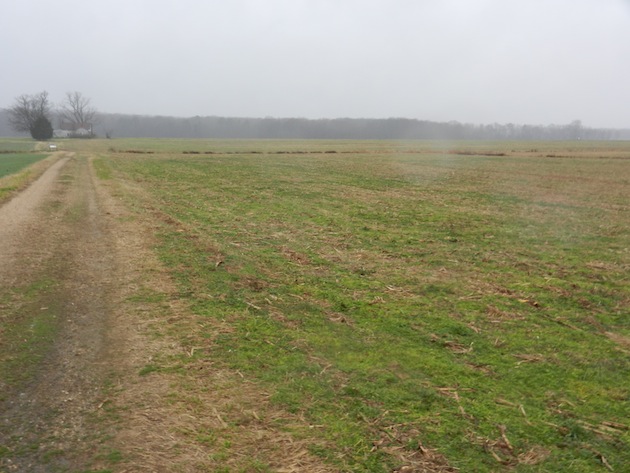
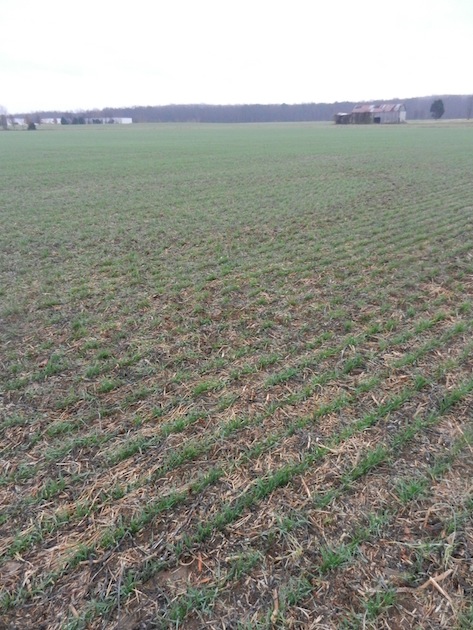
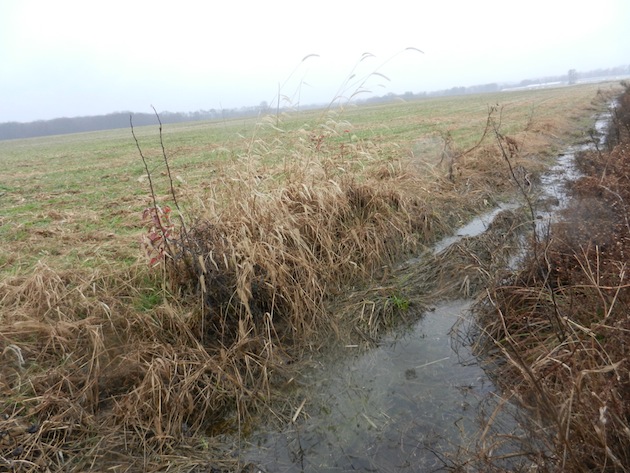
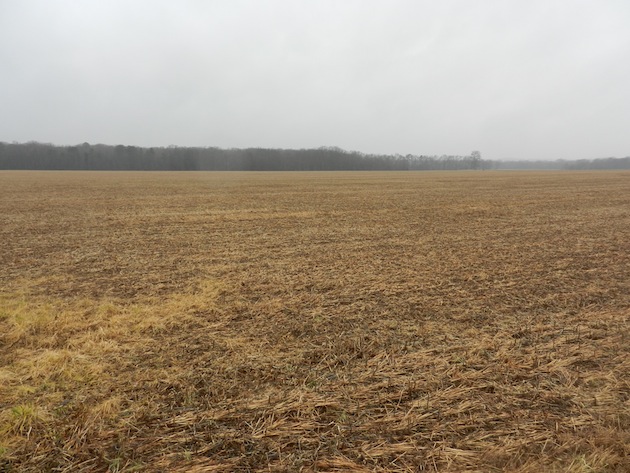
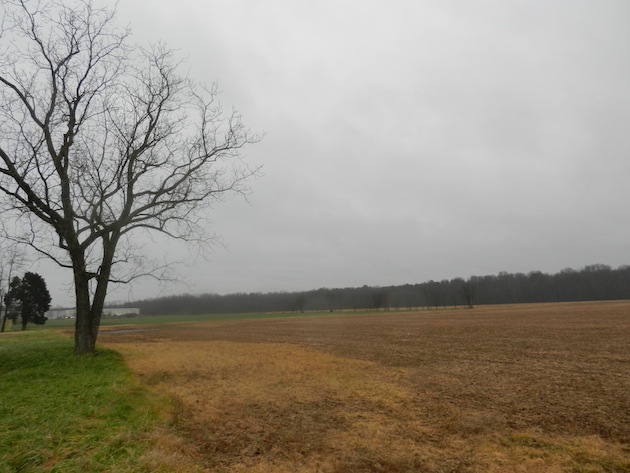
These are amazing photos–thank you for posting them! I am currently reading “Fredericksburg! Fredericksburg!” by George Rable (a great book!) but have not yet visited the battlefield. These photos dispel the mental image created as I read about this part of the fight. The ground is so much more vast and exposed than imagined. You also make a good point about visiting a field at the time of year when the battle took place, to experience the approximate atmospheric conditions that the soldiers did. Cold was a huge factor at the time of this battle. Then afterward, as the armies camped on opposite sides of the river, Christmas came–a most bleak one for both sides who shivered and suffered as they faced each other. Thanks for this and all of the great writing and photos that help us ever learn what happened one and a half century ago.
Thanks so much for the “real time” presentation. It helps greatly in understanding what transpired on those fields.
You’re both quite welcome. I’m glad to be able to share my time on the battlefield with folks since, I know, not everyone can get there. Understanding the ground helps people understand a battle in ways that books, letter, and maps just can’t quite bring to light, which is why preservation is so important.